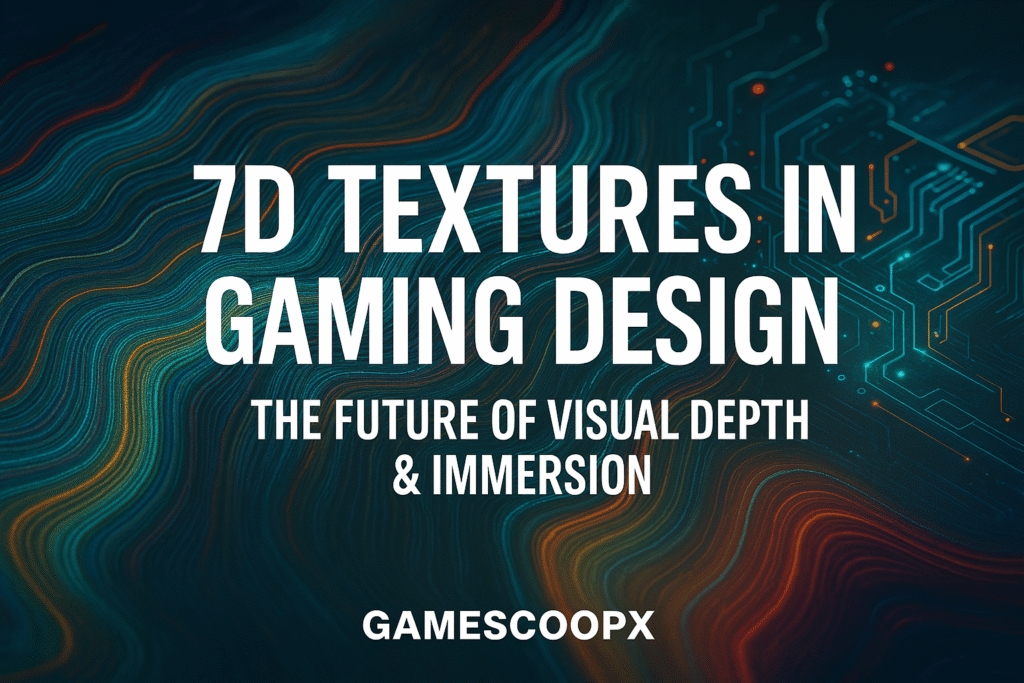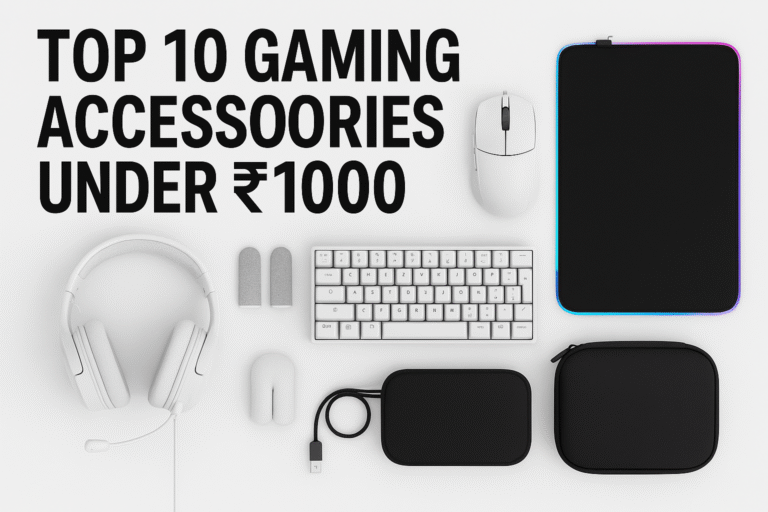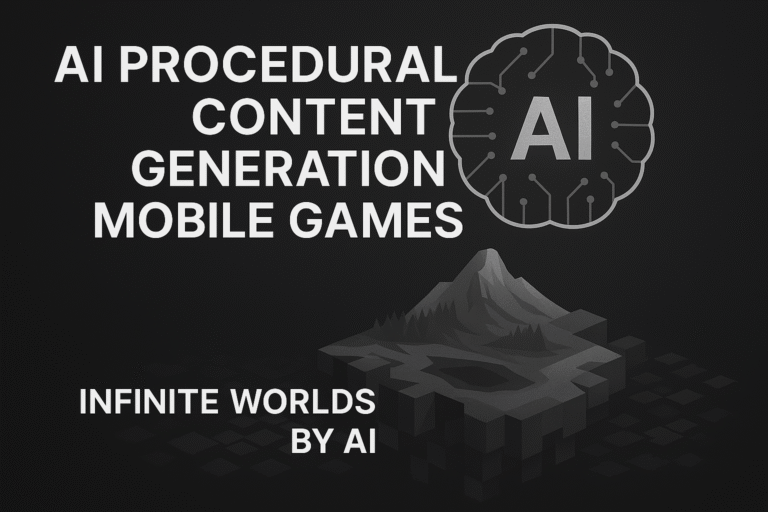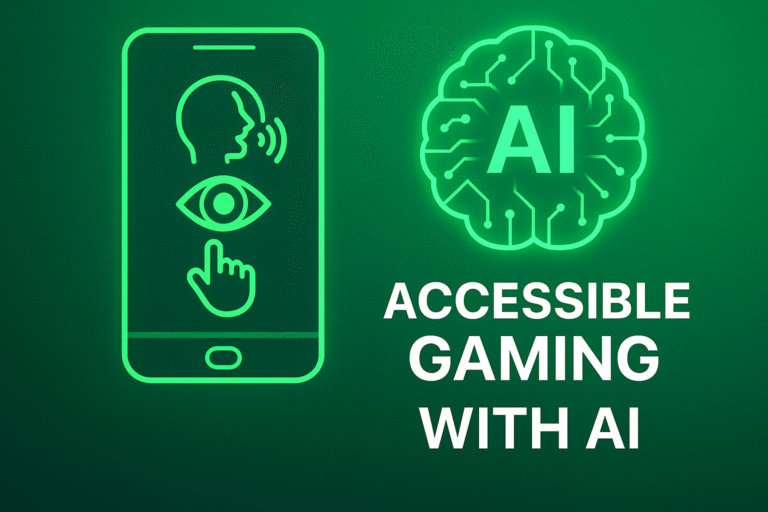
Discover how 7D textures are redefining gaming visuals through AI-enhanced realism, reactive design, and immersive detailing.
7D Gaming Textures Visual Depth
Table of Contents
- What Are 7D Textures in Gaming?
- How 7D Textures Enhance Visual Depth
- Applications in Thumbnails & UI Design
- 7D Textures in Game Environments
- Tools & Engines Supporting 7D Textures
- Conclusion – The Future of Gaming Visuals
1. What Are 7D Textures in Gaming?
7D textures go beyond traditional 2D, 3D, or even 4D visuals by integrating multi-sensory depth, dynamic lighting, real-time physics, and AI-driven surface behavior. These textures simulate how materials react to light, movement, sound, and player interaction, creating hyper-realistic, immersive experiences.
🔍 Key Characteristics:
✔ Multi-layered depth mapping
✔ Real-time environmental adaptation
✔ AI-enhanced surface behavior
✔ Tactile illusion through haptics & shaders
“7D textures are not just visual—they’re experiential.” – Studio Image Works
2. How 7D Textures Enhance Visual Depth
7D textures simulate real-world material behavior, such as mud splashing, metal reflecting, or fabric folding in response to player movement or weather changes.
🔹 Visual Enhancements:
✔ Ray-traced reflections & volumetric fog
✔ Dynamic deformation (e.g., footprints in snow)
✔ Real-time texture morphing based on physics
These all the textures blur the line between the digital and the physical, making all the environments to feel alive and reactive.
3. Applications in Thumbnails & UI Design
For creators like you, bhai, 7D textures in thumbnails mean next-level click-through rates and visual dominance.
🔹 Thumbnail Benefits:
✔ Neonic glow with depth layering
✔ Metallic reflections that shift with angle
✔ Dynamic shadows behind center-aligned text
These textures draw the eye, especially when paired with vibrant gaming vibes and perfect 16:9 symmetry.
4. 7D Textures in Game Environments
In AAA titles like Cyberpunk 2077 and The Last of Us Part II, adaptive textures respond to weather, lighting, and player actions, creating immersive realism.
🔹 Real-World Examples:
✔ Rain-slicked roads reflecting neon lights
✔ Snow deforming underfoot
✔ Surfaces glowing to reveal hidden paths
These textures also support haptic feedback, letting players feel what they see.
5. Tools & Engines Supporting 7D Textures
🔧 Supported Engines & Tools:
✔ Unreal Engine 5 – Nanite & Lumen for real-time lighting
✔ Unity HDRP – High-fidelity rendering pipelines
✔ Substance Painter – This is for procedural 7D texture layering in the graphics.
✔ ZBrush & Mudbox – Sculpting with displacement & wrap modes
Want to master these tools? Check out RMCAD’s Game Art Program for deep dives into texturing workflows.
6. Conclusion – The Future of Gaming Visuals
7D textures are the next frontier in gaming design—blending visual fidelity, interactivity, and emotional immersion. Whether you’re crafting thumbnails, UI, or full environments, these textures offer unmatched realism and engagement.
As AI, ray tracing, and haptics evolve, expect 7D visuals to become the new standard in both gameplay and content creation.



